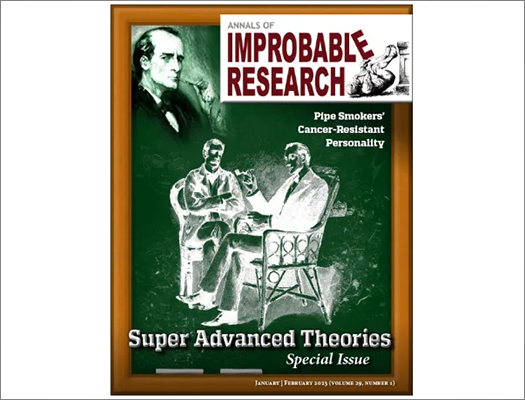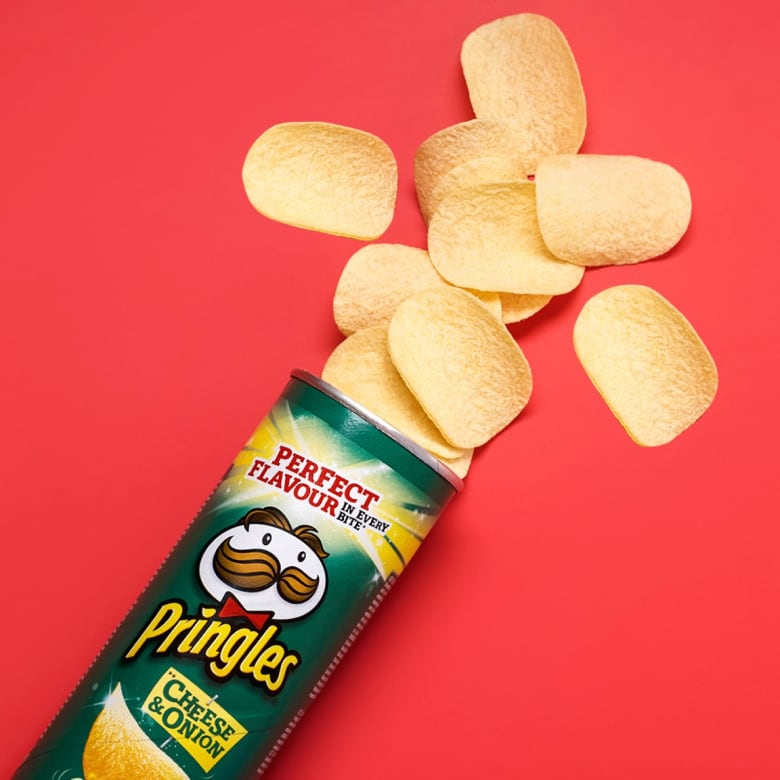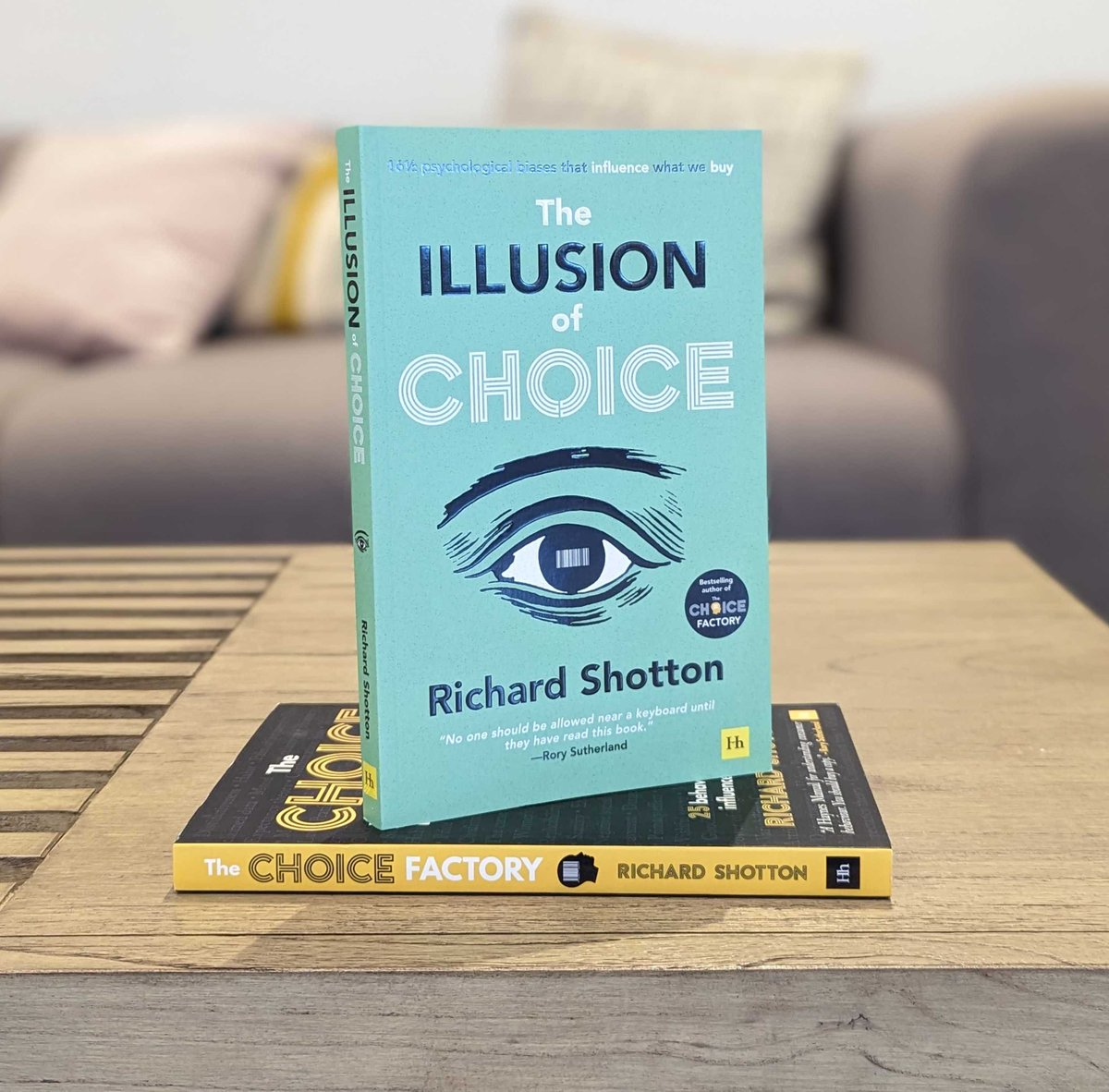00:00 / 12:37
Episode Transcript
- MichaelAaron: Welcome to today's episode on Behavioral Science for Brands. My name's MichaelAaron Flicker
- Richard: and I'm Richard Shotton,
- MichaelAaron: and today we're talking socks, sound, and increasing sales. And the brand we're going to feature today is one I'm really proud of - Wellow Compression Socks. This is a brand that I started. I’ll talk a little bit about the founding of the brand, but really dive into how it's used behavioral science to scale its growth.
- MichaelAaron: Let's get started.
- Richard: So MichaelAaron, tell us about, well, why did you found it?
- MichaelAaron: So it's a really simple need. I spent a lot of time on airplanes. My wife was living on the other coast and flying back and forth so much. I could just feel that it was sluggish. My legs were tired and I discovered compression socks. But what was amazing was that even though this was such an amazing garment that helped people of all different types, they were never comfortable to wear, they were not good looking, and we saw there was a real opportunity in the market. But the reason that Richard and I are going to talk about this today is not because we founded the brand, although that's interesting, it's because it's been a brand.
- MichaelAaron: Built from the ground up using behavioral science. So it's a really interesting case study because it gives us the chance to understand when a brand is started this way, the power it can have. So we're going to talk about two different things on Wellow today. The first is how the naming of the product was rooted in behavioral science, and then the second is on the actual brand proposition.
- MichaelAaron: and how we talk about the brand to consumers, makes it a choice that they really want to take. So let's start with the name. We came up with the name Wellow, and we were basing it on this idea that it wasn't just inviting, but that there was symbolism behind it. Maybe you could talk a little bit about sound symbol.
- Richard: Yeah. It's one of the oldest ideas in psychology. You go all the way back to 1929 and Wolfgang Köhler runs a classic experiment. Recruits a group of people, and he shows them two pencil drawings. One of them is a basic shape that looks a bit like a Starburst, spiky, angular, and the other looks like the kind of outline of a cloud.
- Richard: And he says to the people, one of these is called Kiki and one is called Bouba. And which do you think is which? And almost universally, and you're talking like 90% of people, the angular. They say it's Kiki. The soft one they say is Bouba. Now we relate sounds to other attributes, and I'm excited by Wellow because I think you hear the name and it's evocative.
- Richard: It applies the sounds. It feels mellow, relaxing. It's going to be comfortable. And it's a really deeply rooted insight. I think it's a human nature.
- MichaelAaron: and when we came with the name mm-hmm. We knew that if we could come up with something that evoked an emotion, it would be stronger. Mm-hmm. This we haven't actually talked about, but I'm interested in your thought on this.
- MichaelAaron: We also use yellow. As a key color of the brand. Ah, any connection between the sound of the name Wellow and seeing yellow that would be rooted in behavioral science?
- Richard: I haven't done a huge amount of work or read much about color symbolism. The study that I know is robust in a very very different category.
- Richard: It's actually about painkillers and it's a study by de Crane and he shows if you take a painkiller that's red and these are all sugar pills, you get a significantly larger placebo effect than if you take a painkiller that's blue because there are cultural associations of power and effectiveness with the red, with red that you don't get with blue.
- Richard: And he does a flip study where, which shows or a meta-analysis, he looks at other people's studies. If you want a sedative and it's colored blue, that'll be more powerful than a sedative that's red because it has the right associations. So I certainly think the color will have an effect. I would say the specific ones, if yellow are, yeah,
- MichaelAaron: Very interesting. So on the first half, we're seeing that the sound will evoke an emotion in the person that can connect to the authenticity of the brand when the name is designed correct. So let's take a quick break here. Let's hear from our sponsors, and when we come back, let's talk about how we use behavioral science to build the brand promise in a really unique way.
- MichaelAaron: Behavioral science for brands is brought to you today by Function Growth. Function Growth is a team of brand side marketers who snap in to help brand teams grow their business Function Growth leverages a shared risk and reward model. That puts skin in the game. That means they only make money when your brand grows.
- MichaelAaron: They leverage behavioral science as a key way to drive brand growth with deep disciplines in many different areas. Reach out to them. If you'd like to be leveraging behavioral science in your marketing or advertising, visit [email protected].
- Richard: Before the break, you mentioned a couple of things we talked about. But you also said that you'd used behavioral science around the reasons to believe in the proposition. What did you mean by that?
- MichaelAaron: You know, when we wanted to make a garment that helped contribute to people's health, we said to ourselves, there's so much about being healthy that's hard. Walking 10,000 steps a day, drinking eight glasses of water.
- MichaelAaron: It's a lot to remember. It's a lot to do. But pulling on a pair of Wellow socks can be easy. And our insight here was that if only we can find a way to make it easy for people to do good for themselves. It yes, contributes to their overall health, but it also improves their wellbeing. They feel that they're making an act that has a big impact on their health.
- MichaelAaron: And so we really designed the brand. The internal company motto is small acts, real impact all of our social media. All of our branding, all of our website is about what are the easy, small things you can do that will have an outsized impact.
- Richard: I think that's a great insight. There is an awful lot of able behavioral science evidence. That ease is more important than motivation, especially when it comes to health.
- Richard: One of my favorite studies comes from Paul Rozin at the University of Pennsylvania, and he worked with a cafeteria and he sometimes has the healthy food served with tongs, other times a spoon. Sometimes he has the healthy food right by the passageway.
- Richard: Other times he moves it 10 inches away and he finds that when you replace spoons with tongs or you move the food 10 inches away, you see a 8 - 16% drop in people picking the broccoli or the salad because they made it a little harder. And you know, that is a, you know, we're talking a vanishing, small bit of friction, but even that small bit friction will affect people's behavior when it comes.
- MichaelAaron: so interesting. And what we've seen as we've continued to grow the brand is that people don't see every marketing message, but they get the identity of the brand. They understand. And so when they tell us customer stories, when we get reviews, it is about how easy it is and how that feels good to do things for their health.
- MichaelAaron: And then we also did other things on the product attributes. So not only is it in the messaging about the brand that we want people to believe that it's an easy thing to do. We actually designed the product to be easier in normal compression socks. They start tight at their ankle. And they go looser up at the kneecap.
- MichaelAaron: And so the graduated compression is what helps blood flow more easily through the body when you're wearing compression socks. So 20 at the bottom, 10 at the top. Very common strength, but most people say, I don't feel any benefit. 30 at the bottom, 20 at the top. People say it's impossible to get over my ankle and up my knee.
- MichaelAaron: So we created a unique level of compression. 23 at the bottom. 18 at the top. Easy to pull on, but also strong enough to be effective and make people feel the results.
- Richard: I, I also like that because there is another benefit. Yeah, there is a lovely set of studies by Schindler at Rutgers University where he shows people believe precise claims more than general ones.
- Richard: So in his study he shows people an ad for a program and some people hear it reduces per ratio by 50%. 47 or 53% reduction. When he later asked those groups how credible that is, he sees, I think, selling the order about 10% improvement in credibility ratings if people heard the precise number. Because what he argues is we assume a general claim is fictitious.
- Richard: A precise claim is far more likely to be based on the truth. So if I came across this market and saw. You'd set your compression socks up between 10 and 20. It sounds just like that's an arbitrary number. You've just picked those numbers and pick that tightness because it's a round number. I love the fact it's that very precise figure.
- Richard: It feels like, you know, science has gone into it now. I know it has, but I think the numbering approach emphasizes that.
- MichaelAaron: I think it both is a true product benefit. Yeah, and there's a marketing benefit too, which is really great.
- Richard: So we finish these podcasts every time with you asking me what the key lessons are.
- Richard: So this time I'm gonna ask you what key things should marketers take away from today's podcast.
- MichaelAaron: So number one, sound symbolism really does create an association in the mind of consumer. So the more that your brand name. Or your lead message can make an association, the stronger the communication will be. And number two, make it easy.
- MichaelAaron: The lower the ability it will be for a consumer to take an action, the more likely they are to participate in your brand. You know, Richard, we created this podcast originally to make people see how behavioral science could apply to their marketing. And the reason we featured Wellow today was because I did this, I created a brand and we are growing it.
- MichaelAaron: And if I can do it, anybody can do it. Yeah. And what we really want is to show that behavioral science is not academic ivory tower. It's that it's really accessible to each and every one of us, and we just have to find the right ways to plug it in our brand. And this brings us to the end of our episode, but it's also the end of our season.
- MichaelAaron: It's been a great Season One. We've covered a lot of topics and Richard and I are already planning Season Two. And Richard, we wanted to invite the audience in to help us create Season Two.
- Richard: Yeah, so any suggestions? Firstly, what brands you might want us to look at, I'd love to know that. And then secondly, if there are any biases or experiments people have heard of, let us know and we can go and investigate them and think about the marketing applications.
- MichaelAaron: And for us, the whole reason to do this is to bring behavioral science outside of academics, outside of the Ivy Tower and bring it where marketers can use it each and every day. We have a new website, the consumerbehaviorlab.com. Email us at [email protected] and let us hear about what you want to know.
- MichaelAaron: Engage with us. Let's keep the conversation going. We're passionate about doing behavioral science for brands, with brands, but most importantly, we want you to take this and make it your own in the world. And that's the end of our season. I'm MichaelAaron Flicker.
- Richard: And I'm Richard Shotton.
- MichaelAaron: Richard, as we sign off for the season, your favorite episode?
- Richard: Oh, it's the first one I think. I love the Pratfall Effect, this idea that if you admit a flaw, you become more appealing. It's at the heart of so many of the world's successful campaigns.and yours?
- MichaelAaron: Oh, it had to have been when we went deep on Häagen-Dazs
- Richard: Oh, lovely one.
- MichaelAaron: Yeah. And learned about not being truly Danish brand.
- MichaelAaron: And then the discovery of Atari who are pretending to be Japanese. Until next season, good luck and thanks everybody.
Episode Highlights
Kiki & Bouba
Psychologist Wolfgang Köhler examined whether or not participants associated 'Bouba' with a round shape and ‘Kiki’ with a spiky shape.
Small Acts, Real Impact
Wellow’s company motto was based on the behavioral science insight that ease is more important than motivation, especially when it comes to health.
It Seems Factual, But Is It?
Robert Schindler examined whether consumers make the false assumption that claims using sharp numbers are more likely to be factual than those using round numbers.
Resources & Useful Links
Here are additional
resources that
demonstrate how
some famous brands
have leveraged a flaw to
create
powerful brand communications.






